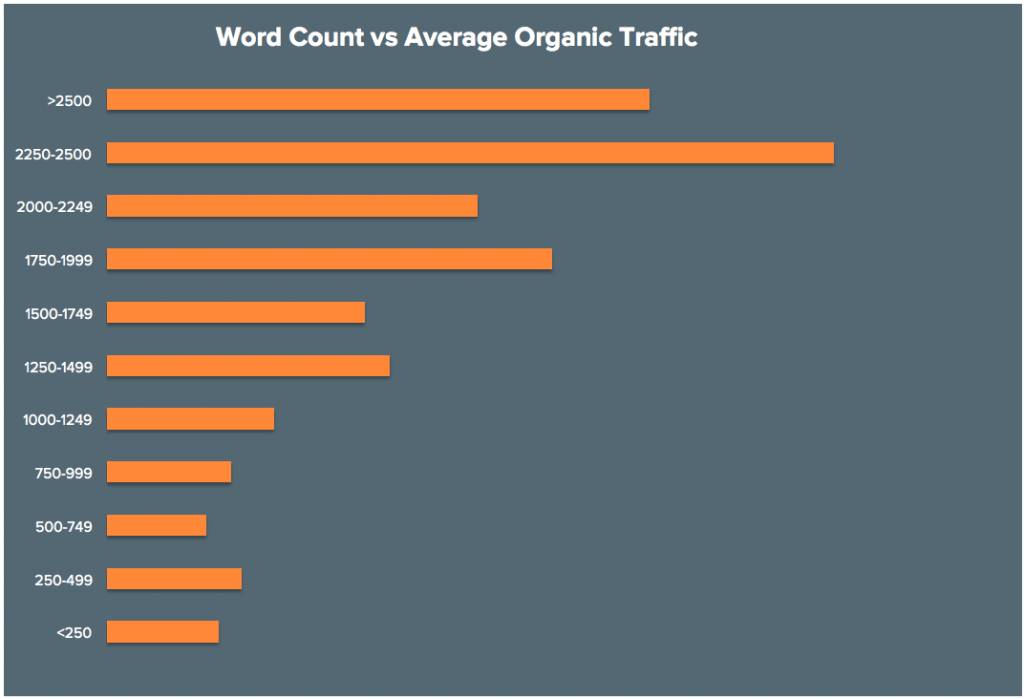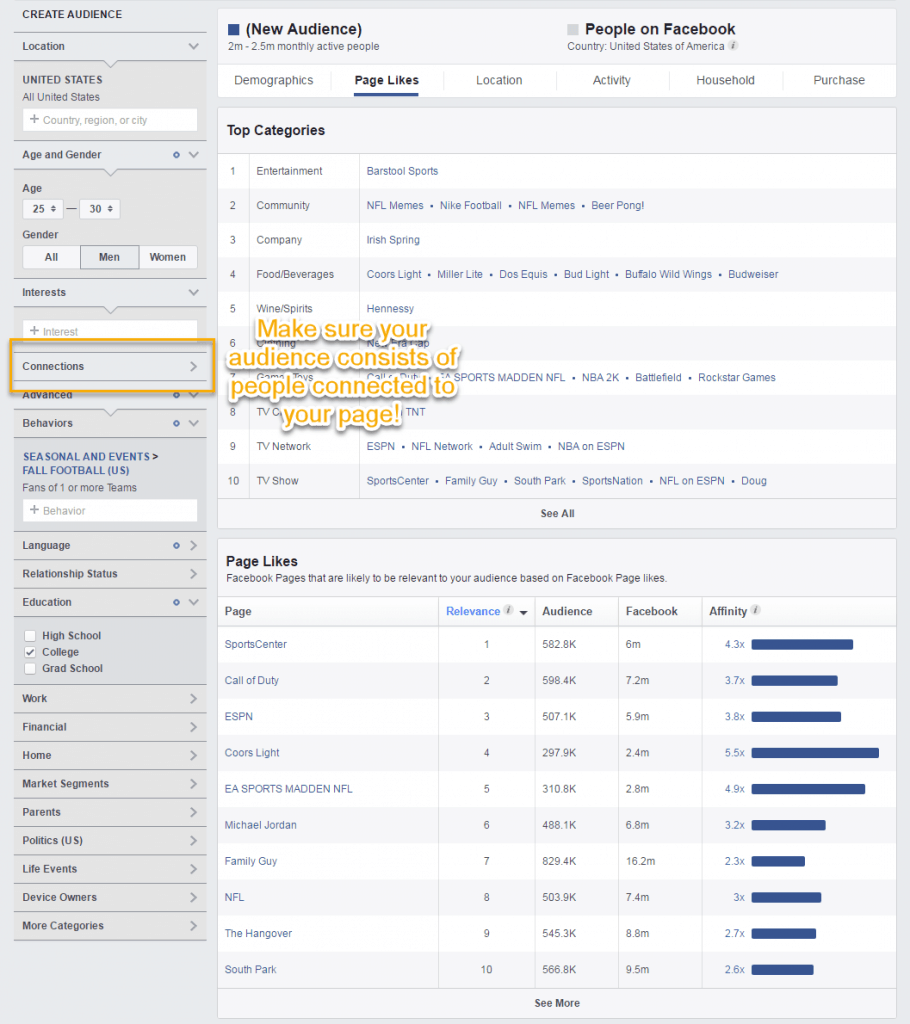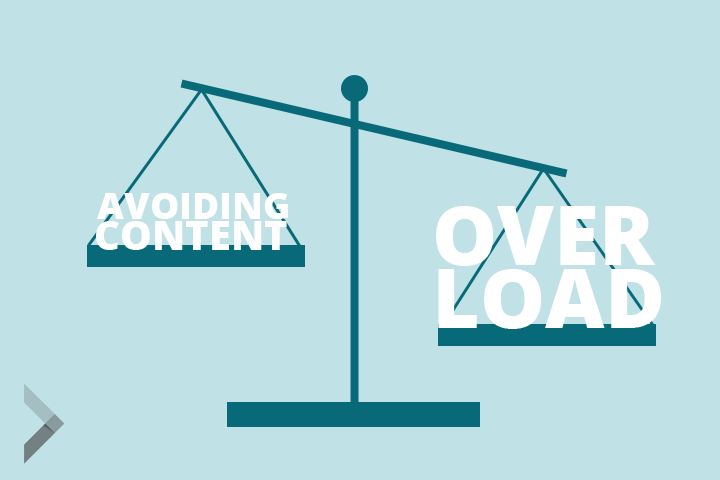The Content Conundrum
Two conflicting trends are dominating content marketing discussions in 2016: blogs should be longer, and social media messages should be shorter. There’s significant evidence to back up both claims.
Five years ago, Buzzfeed was at the center of digital content. Experts said shorter, “snackable” content was the future. Blog posts were supposed to be kept under 750 words and “listicle” entered our cultural lexicon. In 2016, numerous studies point to long-form content being the most shared. A recent study by the Snap Agency showed blog posts with more than 2500 words had the highest average of social shares. Blog posts between 2250 and 2500 words received the most organic traffic last year. They concluded, “the best blog length…will continue to go up beyond my or your ability to satiate!”

On the other hand, social media content is trending shorter. The ideal tweet length to maximize reach is 71-100 characters. (If you thought 140 characters was limiting, try using 70!) Facebook posts should be even shorter, with two studies suggesting 40 characters (that’s less than eight words) as ideal. Email subject lines should be kept under 30 characters, and blog headlines should not exceed six words. The trend is clear. Social media visuals (photos, videos, links, and the like) are becoming increasingly important at the expense of content.
The problem is exacerbated by the glut of content available today. The barrier to entry for publishing content is extremely low. Traditional content publishers like newspapers and television channels are already producing a mass of digital-first content. Large and medium companies have full-fledged content marketing initiatives. Your friend, their mother, and their dentist all have a personal blog. And digital marketing agencies (like us!) have recommended content-campaigns, from newsletters to infographics, to almost every client. When’s the last time you visited a website without a blog?
This glut of content makes finding opportune topics and keywords a tall task. Five days ago, Nintendo announced a revolutionary new gaming console–the Nintendo Switch. This could be a timely, relevant topic for a number of organizations–technology companies, entertainment companies, supply chain and logistics company, and more. Here’s the problem–you don’t have much of a chance of standing out. Just five days after the product’s launch, there are already more than 1.3 million results for a relatively specific keyword – “How Nintendo Switch Will Disrupt the Market.”

You might be feeling this conundrum. Readers seem to simultaneously want deeper content but also less content. More and more content is already available for these readers. But are these trends really at odds with one another? We’d argue they aren’t.
The real problem with digital content today isn’t its quantity but its quality.
Writing Quality Content
Stop what you’re doing, pick up your phone, and call your ninth grade English teacher. They deserve your thanks. If you can look past those red pen-stained essays and late night Lord of the Flies book reports, you’ll realize something important: your English teacher was teaching you how to write, when to write, and why to write.
This is the fundamental problem with most organization’s content strategies: they are creating content because they assume they need to be creating content. Every business needs some level of content online (even the NSA has a website!), but the breadth of your content production strategies should align with your business’ needs and goals.
The focus first should always be on quality content. Bad content is almost entirely useless. Your content exists to further your organization’s strategic plan and mission. If it doesn’t have the quality to do that, you are probably better off spending your budget and manpower elsewhere. The good news is that you can write quality content and that there is a market and a need for this content.
There’s two critical first steps to writing quality content–knowing your audience and writing for a reason.
Know Your Audience
One of the most important steps in writing any sort of digital content is knowing who you intend to read that content. Audience personas should drive everything about your content–topic, length, style, tone, and frequency. Even though most digital content is freely accessible to anyone on the internet, write with your target audience in mind.
If you don’t know your key audiences, it’s never too late to find out! There’s a number of places to look.
- Google Analytics – Google Analytics has fairly detailed data on your website’s audience, including age, gender, technology usage, and psychographic data (broad interests). This is a great way to find out information on who is currently reading content on your site. To get more specific, you can look at demographic information for those specifically viewing your blog (through Google Analytics’ segments tool) or those who are converting on your blog (through Google Analytics’ goals tools).
- Facebook Audience Insights – Facebook has a powerful tool built to help users place highly targeted Facebook ads. However, the data here can also tell you powerful information about the people who are associated with your page. First, create a new audience that consists of the people who are connected to your Facebook page. You’ll be able to dive into detailed information about who the people are that have liked your page on Facebook.

- Internal Business Data – Sometimes the information you need is already in your organization somewhere! Your company might have historical sales data with the information you need. You might also have a strategic plan that highlights the new verticals or customer profiles you plan to pursue in the future. Digital metrics like Google Analytics or Facebook Audience Insights can give you information about who is currently interacting with your content, but they can’t always tell you the new audiences you’d like to reach.
Once you’ve determined your audience, make sure your content aligns with your target audience.
- Topic – Write about what your audience wants to hear. If your blog serves as a resource for industry professionals, success stories about your customers may not get much traction. If your customers are primarily 18-25, detailing the benefits of your product for parents is probably not a judicious use of your time.
- Tone – The tone of your writing comes from your brand’s voice. Ask yourself who you could imagine saying what you’ve written–a teacher? A CEO? A best friend? If your company serves a higher-end clientele, you should probably keep from writing with jargon that’s “on fleek.” On the other hand, younger audiences will respond better to a more conversational style.
- Length – We may be in the heart of the long-form blog post era, but that doesn’t mean every piece of content you write is 2500 words. Certain industries, audiences, and demographics will respond differently to content length. Consider the amount of images you have accompanying your content. Make an informed choice to write in either terse, bulleted lists or more detailed prose.
- Frequency – Different industries will search for content with different frequency. If you are targeting B2B clients in the manufacturing industry, your readers will not be expecting daily content. Cutting the frequency (and thus the quantity) of the content you produce, when appropriate, is one of the easiest ways to save costs.
- Style – Many issues relating to writing style are universal; you should avoid run-on sentences no matter what you’re writing. However, there are certain audiences who might prefer technical language and some who might prefer more descriptive language.
Write for a Reason
Three questions:
- Why does your company have a Twitter account?
- What is the goal of your organization’s blog?
- How are you measuring the success of your content marketing initiatives?
If you can’t answer those three questions, it’s time to step back, take a deep breath, and think about your content strategy.
One of the downsides of rapid internet growth over the past fifteen years is how quickly every new platform becomes ubiquitous with digital strategy. Businesses too quickly jump to conclusions and think, “Snapchat is becoming extremely popular so we should start snapping.” Social media is a tactic, not a strategy. Blogging is not a strategy. Sponsored content is not a strategy. Product placement in a Buzzfeed listicle is not a strategy. Don’t confuse short-term tactics with long-term strategy.
If your business is creating content for the sake of creating content, you’re missing the point. Content marketing can be an effective way to drive brand awareness, reach new customers, improve customer loyalty, or woo top talent. Once you know your business’ short, medium, and long-term goals, you can build a content strategy that delivers results.
Quality Will Prevail
You might be wondering if it’s worth the time and effort to write quality content. It is, and it will become even more important. As search engines become more advanced and as artificial intelligence assistants become more commonplace, the need for reliable, quality content is only increasing. If you start now, you stand to position yourself as a go-to resource for your current customers and countless untapped audiences.


